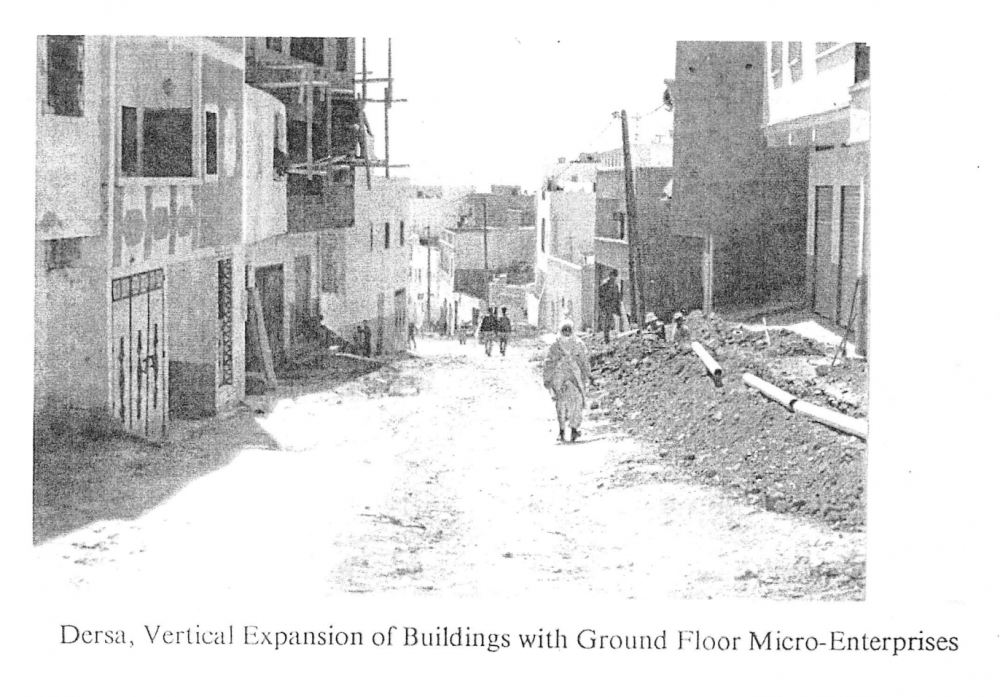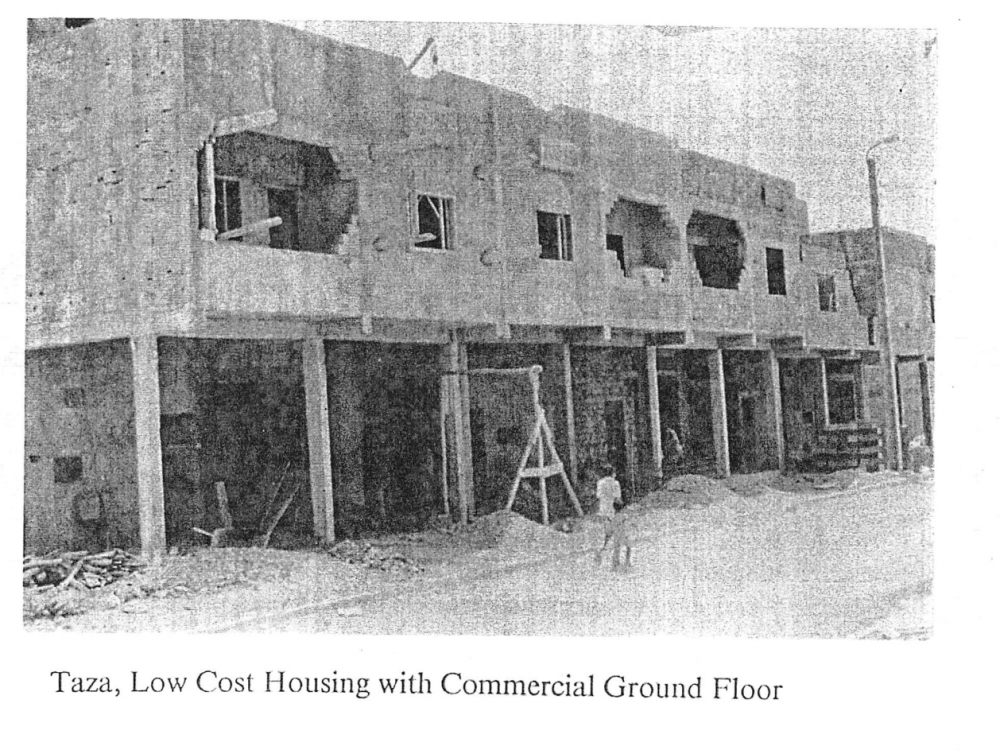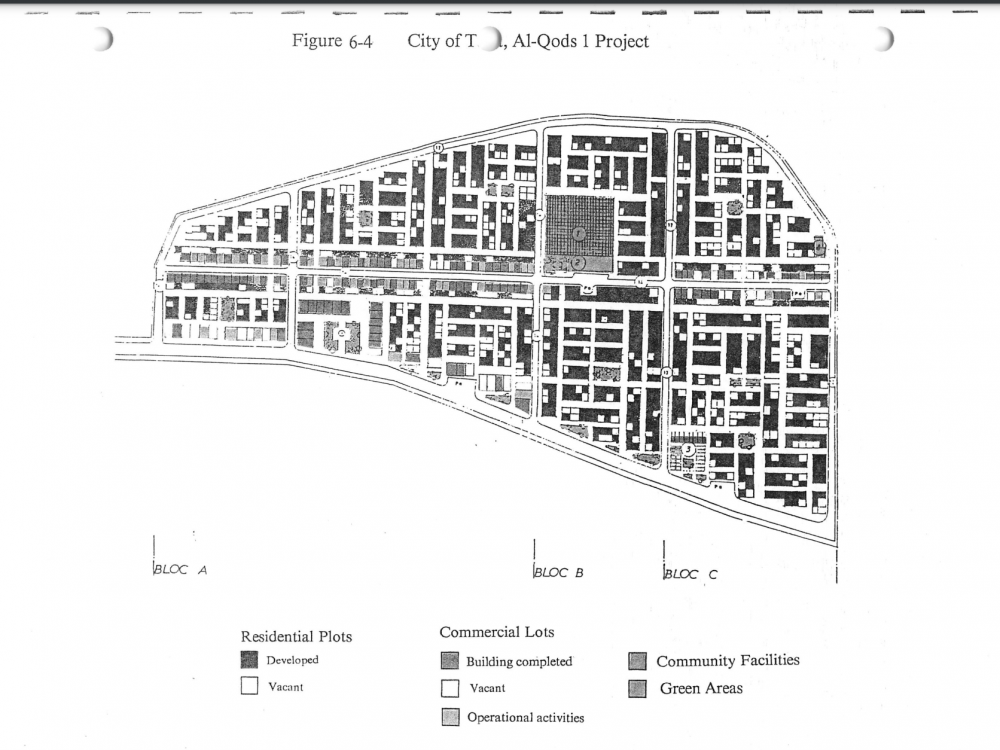Abstract
In 2008, the International Centre for Local and Regional Development (ICLRD) published the Atlas of the Island of Ireland in cooperation with the All-Island Research Observatory (AIRO), to illustrate similarities and contrasts between Northern Ireland (part of the United Kingdom) and the Republic of Ireland. While both jurisdictions on the Island of Ireland were undergoing rapid change, a common understanding of the major demographic, economic and social trends was lacking and unavailable from the respective censuses.
The 2008 Atlas allowed readers to visualize the major social, economic, and demographic trends and interactions across the island of Ireland. Its publication helped to initiate evidence-informed dialogues among policy and decision makers on the functional space where cooperation could bring mutual benefits rather than the political space alone.
In 2015, ICLRD published a new print and digital edition of the Atlas. The scanned PDF of the 2008 printed copy is the only digital version in existence. With EU and cross-border funding support, ICLRD and AIRO continue to develop compatible data between the respective censuses.
Finally, a series of training programs and workshops were held to train government staff and community development practitioners how to access and use all-island interactive data and mapping tools made available on the AIRO website. These ‘data days’ were introduced based on exchange visits facilitated by I2UD among senior staff of AIRO, the Boston Foundation and the Boston Metropolitan Area Planning Council.
Documents include the 2015 Atlas of the Ireland of Ireland, the 2008 Atlas, and the 2008 Atlas broken down by Chapters 1-6.
See related I2UD projects below
| Project Year: | 2008-2015 |
| Project Type: | ICLRD Project |
| Geographic Regions: | Ireland / Northern Ireland |
| Reports: | ICLRD: The Atlas of the Island of Ireland: Mapping Social and Economic Change (2015) ICLRD: The Atlas of the Island of Ireland: Mapping Social and Economic Change (2008) 2008 Atlas by Chapter: Cover Pages Chapter 1: Introduction Chapter 2: Interpreting the Maps and Cartograms Chapter 3: Demographics Chapter 4: Housing, Travel and Transport Chapter 5: Economy Chapter 6: Cross-Border Data Issues |
| Authors: | Justin Gleeson; James Walsh; Chris Van Egeraat; Gavin Daly; Rob Kitchin; Mark Boyle; Andrew McClelland; Ronan Foley; Trutz Haaze; Johnathan Pratschke; |
| Sponsors: | ICLRD; All-Island Research Observatory (AIRO); Department of Environment, Local Government and Heritage (Government of Ireland); CroSPlaN, European Union INTERREG IIIA and IVA |
| ID: | 2008_00_001 |



 Taza, Low Cost Housing with Commercial Ground Floor
Taza, Low Cost Housing with Commercial Ground Floor